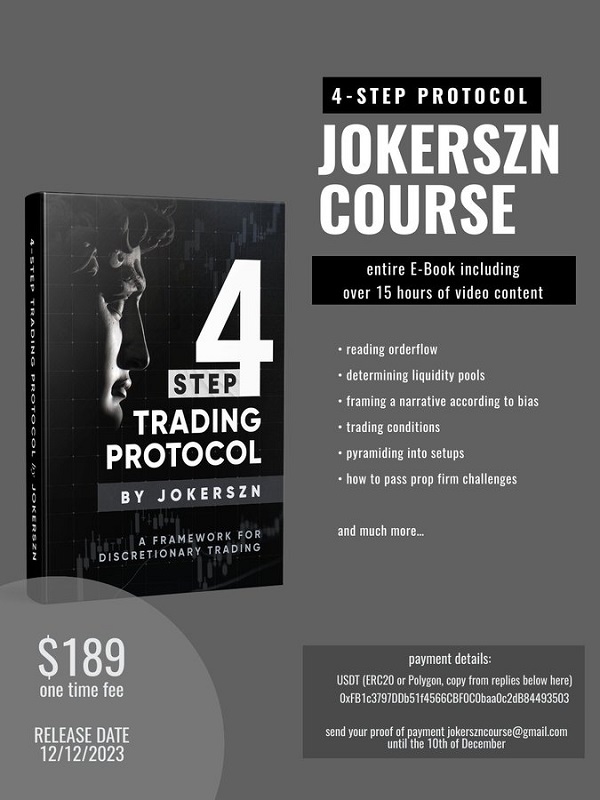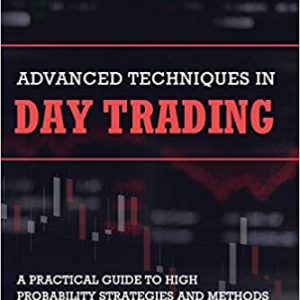No products in the cart.
What Will You Get:
- Reading orderflow
- Determining liquidity pools
- Rraming a narrative according to bias
- Trading conditions
- Pyramiding into setups
- How to pass prop firm challenges
- and much more…
Sales Page:_https://twitter.com/joker_szn/status/1720440690646090170?s=20
Delivery time: 12 -24hrs after paid
Be the first to review “[GroupBuy] 4-Step Trading Protocol by JokerSZN” Cancel reply
Related products
Forex & Trading
$59.00
Sale!
Forex & Trading
$5.99
Forex & Trading
$59.00
Sale!
Forex & Trading
Forex & Trading
$34.99
Sale!
Forex & Trading
Sale!
Forex & Trading












Reviews
There are no reviews yet.